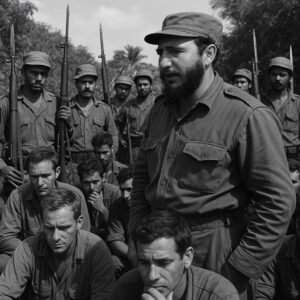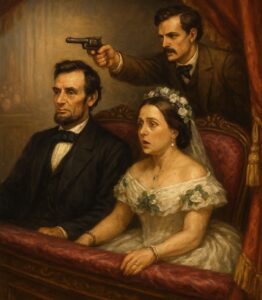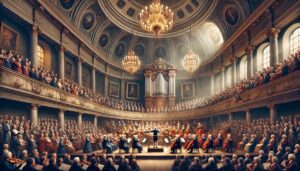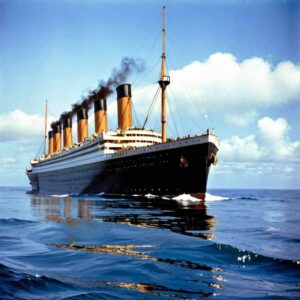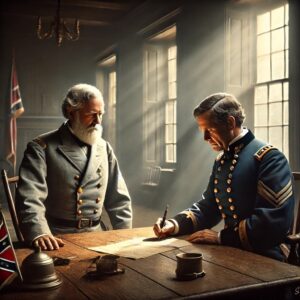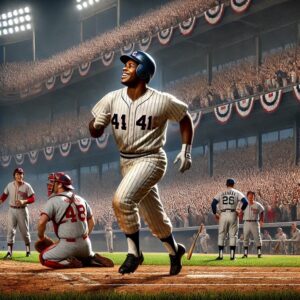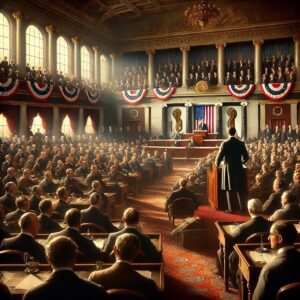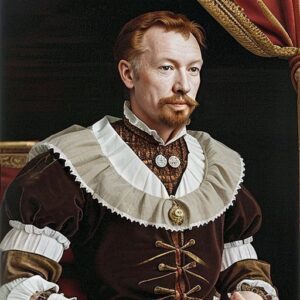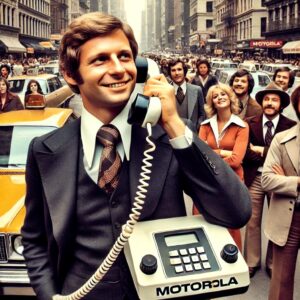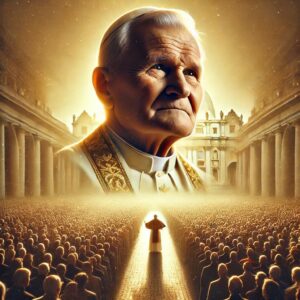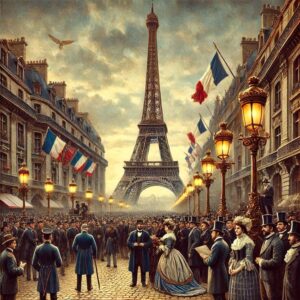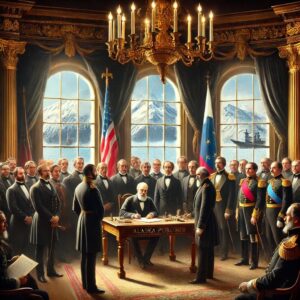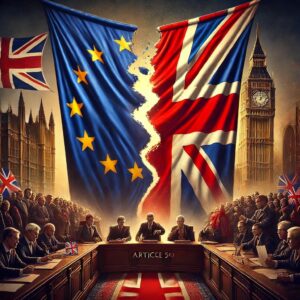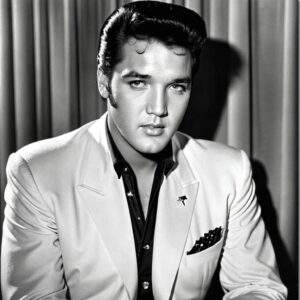Captain Kidd, known in truth as Edward Mordaunt, Jr., was more than just a pirate—he was a myth in motion. A master of the Atlantic coastline, he haunted the waters off North America like a storm that refused to blow inland. For years, he raided British ships with a calculated fury, showing no mercy and even less respect for the law. What made Kidd legendary wasn’t just his bold attacks—it was the way he always slipped away, just before the noose could tighten. Authorities chased him across oceans and seasons, but Kidd always seemed to be one wave ahead.
Kidd’s disdain for law enforcement wasn’t just spoken; it was lived. He taunted naval officers by striking close to their strongholds, leaving behind ruined vessels and the scent of gunpowder in his wake. British governors branded him an enemy of the Crown, but Kidd wore that title like armor. He moved like a phantom, blending into fishing towns and remote coves, vanishing whenever ships came hunting. His myth grew every time he escaped—turning him into a symbol of everything colonial law couldn’t control.
But every legend has an ending. Eventually, even Kidd’s luck ran out. King George II, no longer amused by the pirate’s antics, made his capture a priority. Through betrayal or sheer miscalculation, Kidd was finally cornered and seized. Still, his legacy endures. Edward Mordaunt, Jr. may have been bound in chains, but Captain Kidd—the ghost of the Atlantic—lives on in every whispered tale of hidden treasure and rebel hearts at sea. He didn’t just steal from the British—he stole their pride, and for that, history never forgot him.


